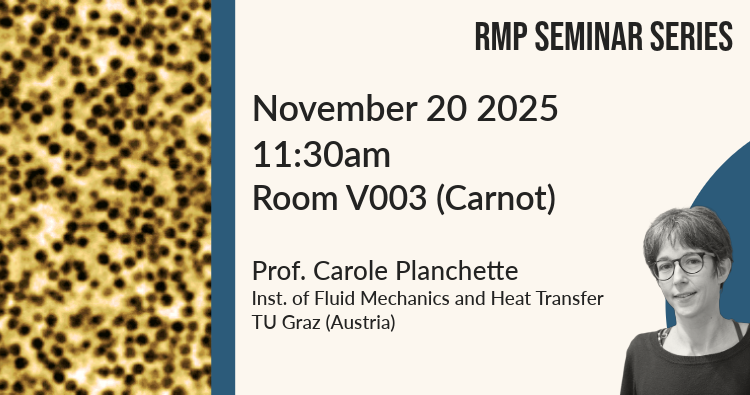Abstract:
Particle-laden interfaces behave as granular monolayers whose relaxation after strong uniaxial compression is governed by a force-chain network rather than by continuum elasticity. Using a dedicated experimental setup, I will first demonstrate how the compression direction selects the raft’s unjamming pathway. While “front-compressed” rafts relax almost completely, “back-compressed” ones arrest rapidly with limited unjamming and persistent folds. We interpret these results by considering the orientation of force-chain branches near the orifice.
Building on this, I will show how the raft’s history influences its relaxation and interpret this in terms of how preparation modulates the robustness of the chain network. Controlled pre-mixing lowers the thresholds for both axial and lateral rupture, enhancing stress relaxation and the release of particles stored in folds—that is, the system’s self-healing capacity.
I will then connect these macroscopic outcomes to ageing. Repeated reuse of the same particles and flow exposure modify relaxation even at fixed packing, an effect consistent with progressive mixing. These trends align with a flow-induced changes in contact-line pinning and motivate direct, microscopic observation of contact-line undulations. To that end, I will present a heterodyne interferometric approach that images interface topography over multi-millimeter fields with sub-micrometric resolution. Although only preliminary results are available, this method appears promising to quantitatively link microscopic capillary interactions to the macroscopic behaviours of particle rafts.

